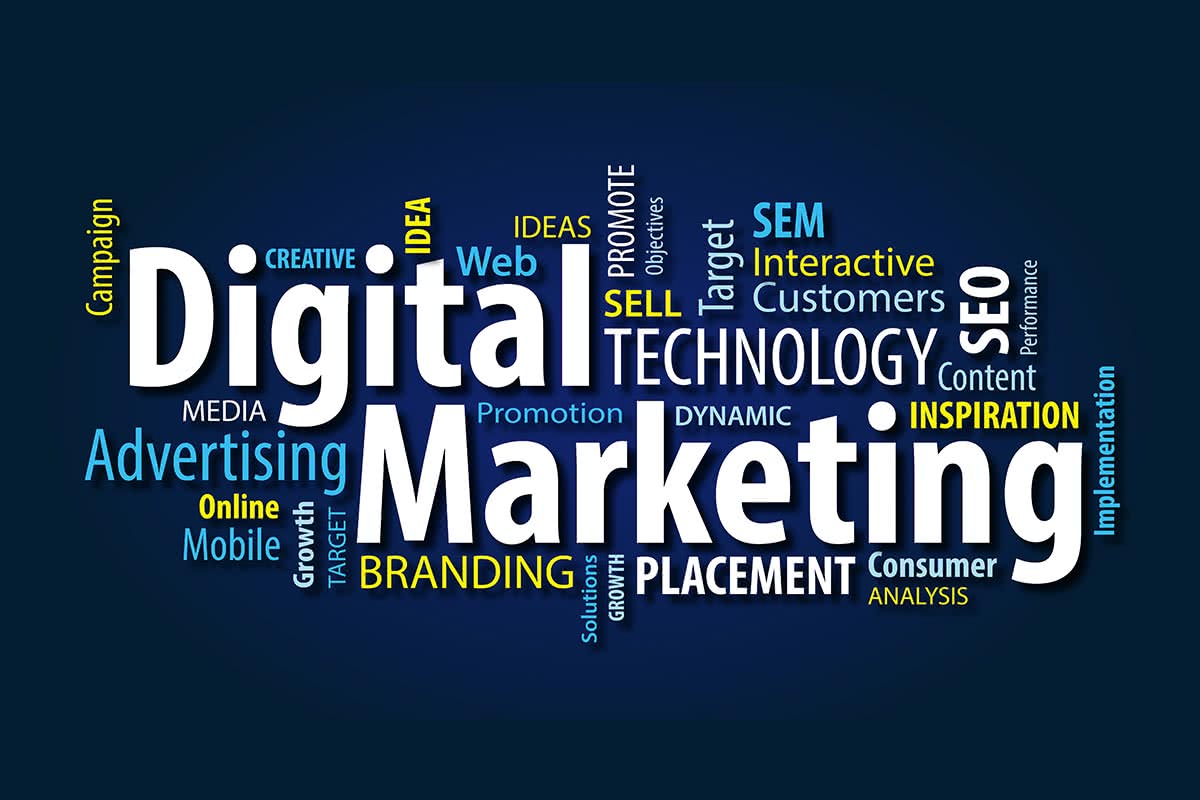
1. Introduction to Digital Marketing
Digital marketing refers to the use of digital channels, such as search engines, social media, email, and websites, to promote products or services. Its scope has expanded dramatically in recent years, driven by technological advancements and changes in consumer behavior. Digital marketing allows businesses to reach a global audience, tailor their messages, and measure the effectiveness of their campaigns in real-time.
2. Global Reach and Audience Targeting
One of the most significant advantages of digital marketing is its ability to reach a global audience. Unlike traditional marketing methods, which are often limited by geography and cost, digital marketing campaigns can be accessed by anyone with an internet connection. This global reach allows businesses to enter new markets and attract customers from different parts of the world. Additionally, digital marketing enables precise audience targeting through data analytics, allowing businesses to tailor their messages to specific demographics, interests, and behaviors.
3. Cost-Effectiveness and ROI
Digital marketing is generally more cost-effective than traditional marketing. Methods such as pay-per-click (PPC) advertising, social media marketing, and email campaigns often require lower budgets while offering higher returns on investment (ROI). Small businesses and startups, in particular, benefit from the affordability of digital marketing, enabling them to compete with larger companies. Furthermore, the ability to track and measure campaign performance in real-time ensures that marketing budgets are spent efficiently.
4. Search Engine Optimization (SEO)
SEO is a crucial aspect of digital marketing that focuses on improving a website’s visibility on search engine results pages (SERPs). By optimizing content for relevant keywords, businesses can attract organic traffic from search engines like Google, Bing, and Yahoo. Effective SEO strategies include on-page optimization, such as improving website content and meta tags, and off-page optimization, such as building backlinks. SEO helps businesses achieve long-term visibility and credibility online.
5. Content Marketing
Content marketing involves creating and distributing valuable, relevant, and consistent content to attract and engage a target audience. This content can take various forms, including blog posts, articles, videos, infographics, and podcasts. By providing useful information and solving customer problems, businesses can build trust and authority in their industry. Content marketing also supports other digital marketing efforts, such as SEO and social media marketing, by providing shareable and linkable content.
6. Social Media Marketing
Social media platforms, such as Facebook, Twitter, Instagram, LinkedIn, and TikTok, offer powerful tools for digital marketing. Businesses can use these platforms to connect with their audience, share content, and run targeted advertising campaigns. Social media marketing allows for real-time interaction with customers, fostering community and brand loyalty. Additionally, social media analytics provide insights into audience behavior and campaign performance, enabling continuous optimization.
7. Email Marketing
Email marketing remains one of the most effective digital marketing channels. By collecting and segmenting email lists, businesses can send personalized messages to their subscribers. Email marketing is ideal for nurturing leads, promoting products or services, and keeping customers informed about company news and offers. Automation tools allow for timely and relevant email sequences, improving engagement and conversion rates.
8. Pay-Per-Click (PPC) Advertising
PPC advertising is a model where businesses pay each time a user clicks on their ad. Platforms like Google Ads and social media networks offer PPC options, enabling businesses to reach their target audience quickly. PPC campaigns can be highly targeted based on keywords, demographics, location, and interests. The ability to set budgets and bid amounts gives businesses control over their spending, making PPC a flexible and scalable marketing option.
9. Analytics and Data-Driven Decision Making
Digital marketing provides extensive data and analytics that help businesses understand their audience and measure the effectiveness of their campaigns. Tools like Google Analytics, social media insights, and email marketing software offer detailed metrics on website traffic, user behavior, conversion rates, and more. By analyzing this data, businesses can make informed decisions, optimize their strategies, and achieve better results.
10. Future Trends and Innovations
The scope of digital marketing continues to evolve with technological advancements and changing consumer preferences. Emerging trends include artificial intelligence (AI), voice search optimization, augmented reality (AR), and blockchain technology. AI, for instance, enables personalized customer experiences and predictive analytics, while voice search optimization ensures that content is accessible to users of voice-activated devices. Staying updated with these trends is crucial for businesses to remain competitive in the digital landscape.
Conclusion
The scope of digital marketing is vast and continually expanding. It offers businesses unparalleled opportunities to reach and engage their target audience, achieve cost-effective marketing, and measure their success in real-time. From SEO and content marketing to social media and email campaigns, digital marketing encompasses a wide range of strategies that can be tailored to meet specific business goals. As technology advances and consumer behaviors shift, the importance of staying informed and adaptable in digital marketing becomes even more critical. By leveraging the power of digital marketing, businesses can build strong online presences, drive growth, and achieve long-term success.